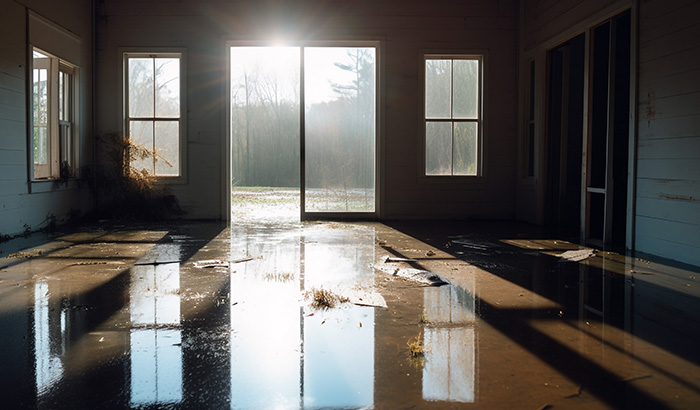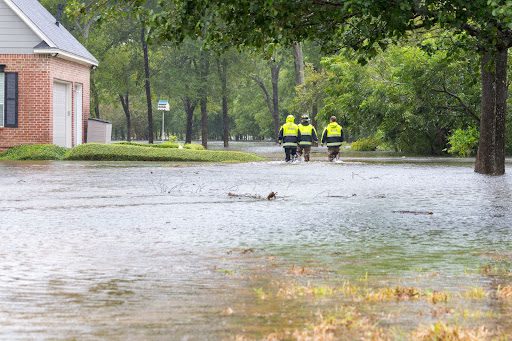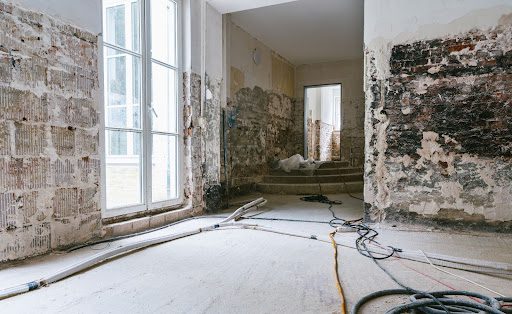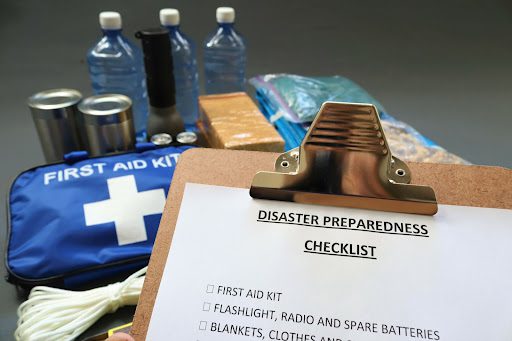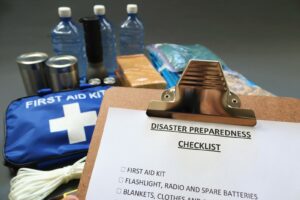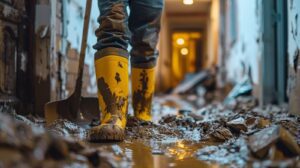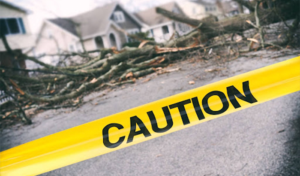Floods can have devastating consequences for individuals and communities, leaving a lasting impact that often takes years to recover from. One essential aspect of effectively managing this recovery journey is gaining a clear understanding of the timelines associated with flood recovery.
In the upcoming sections, we will provide comprehensive insights into the various stages that individuals and communities typically navigate during the flood recovery process. These stages encompass:
- Immediate Response (0-72 Hours): Initial actions during and after flooding, including rescue, evacuation, and communication.
- Initial Recovery (1-2 Weeks): Focuses on cleanup, property assessment, and insurance claims.
- Short-Term Recovery (2 Weeks – 6 Months): Addresses temporary housing, disaster assistance, recovery planning, finances, and emotional challenges.
- Long-Term Recovery (6 Months – 2 Years): Covers rebuilding, displacement, community rebuilding, and psychological support.
- Ongoing Preparedness (2+ Years): Highlights continuous flood readiness, flood-resistant construction, insurance, and community involvement.
Understanding these key stages and their associated timelines is crucial for anyone embarking on the path to flood recovery. It empowers individuals and communities to make informed decisions, access necessary resources, and establish a resilient foundation for the future.
As we move forward, we will explore each of these stages comprehensively, providing valuable insights and guidance to help you navigate the challenging path to recovery.
Immediate Response (0-72 Hours)
In the immediate aftermath of a flood, the first 72 hours are crucial, setting the stage for recovery.
When flooding occurs, the initial response involves the tireless efforts of emergency services and rescue operations. These dedicated professionals diligently rescue individuals in peril, provide critical medical assistance, and assess the overall situation. Their coordination efforts are pivotal in managing evacuations and ensuring safety.
Additionally, understanding evacuation procedures and safety measures is paramount. Depending on the severity of the flood, evacuations might become necessary. Familiarizing yourself with evacuation routes, having an emergency kit readily available, and being aware of local shelter locations can be lifesaving. Above all, prioritize safety during this critical phase.
Being prepared means having a well-thought-out emergency plan long before a flood occurs. This includes gaining a comprehensive understanding of your area’s flood risk, developing a family emergency plan, and assembling an emergency kit stocked with essentials like food, water, and first aid supplies. Preparedness significantly reduces the risks associated with flooding.
Effective communication is paramount during a flood event. Maintaining contact with family members and neighbors is essential to ensure everyone’s safety. Establishing a communication plan encompassing contact information, designated rendezvous points, and alternative communication methods like text messaging is crucial.
It’s also vital to check on your neighbors, particularly those who may require assistance, and coordinate collective efforts to navigate the initial phase of the flood.
During these critical 72 hours, the combination of timely actions, rigorous safety precautions, and efficient communication make a substantial difference in minimizing the impact of a flood and serve as your most potent defense against the uncertainties accompanying floods.
Initial Recovery (1-2 Weeks)
As the immediate response phase begins to subside, the next critical step in flood recovery is the initial recovery phase, which typically spans the first one to two weeks. During this period, several important aspects come into play.
One of the first priorities is the removal of debris and damaged belongings. This effort restores a sense of order and helps mitigate further damage and potential health risks. It’s essential to approach debris removal with caution to prevent accidents and injuries.
Another crucial aspect of this phase involves assessing the structural damage to homes and buildings. Professionals, such as engineers or contractors, play a vital role in evaluating the extent of damage to ensure the safety of structures. Depending on the severity of the damage, temporary structural support or even complete reconstruction might be necessary.
The Significance of Insurance Claims and Documentation
If you have flood insurance, it’s essential to promptly contact your insurance provider to initiate the claims process. Thoroughly documenting the damage through photographs and detailed descriptions is crucial for a successful claim. Organizing all communication and paperwork is essential, as insurance claims are a critical financial resource for recovery.
Short-Term Recovery (2 Weeks – 6 Months)
As the initial recovery phase unfolds, individuals and communities find themselves in the short-term recovery phase, typically from two weeks to six months. During this period, there are several key considerations to keep in mind.
Depending on the extent of flood damage, securing temporary housing might become necessary. This could involve staying with friends or family, renting a temporary residence, or utilizing disaster shelter services.
It’s crucial to evaluate your immediate housing needs and explore the available options. Factors like safety and proximity to essential services should guide your decision.
Disaster assistance programs and government aid are pivotal in facilitating recovery efforts. These programs provide financial assistance, temporary housing solutions, and other forms of support to those who qualify.
To access these resources, it’s essential to reach out to your local government and relevant agencies. They will have information about available assistance programs and eligibility criteria.
Crafting a comprehensive recovery plan is a critical step during this phase. Your recovery plan should outline your objectives, priorities, and the steps needed to rebuild and recover effectively.
It should encompass various aspects, including property restoration, handling insurance claims, financial planning, and addressing emotional well-being. A well-structured recovery plan is a roadmap to guide you through the recovery process.
By taking proactive steps in these areas, individuals and communities can navigate the challenges of flood recovery with resilience and confidence, ultimately paving the way for long-term recovery and rebuilding.
Long-Term Recovery (6 Months – 2 Years)
As time progresses from the initial recovery phase, individuals and communities transition into the long-term recovery phase, spanning from six months to two years.
Flood restoration goes beyond mere physical repairs; it’s a multifaceted endeavor. It involves considerations such as energy efficiency, flood-resistant construction, and adherence to building codes. Collaborating closely with contractors ensures your home is restored and fortified against future flood risks.
Long-term displacement may strain the mental and emotional well-being of individuals and families. Uncertainty surrounding when you can return home often leads to frustration and anxiety. Maintaining open communication with your support network and mental health professionals is crucial to addressing these emotional challenges effectively.
Recovery after a flood is not solely about physical structures; it’s also about revitalizing the community fabric. Active involvement in local community initiatives, volunteering, and engagement with neighborhood associations help rebuild social connections and support networks. Strengthening these bonds fosters resilience and solidarity within the community.
The emotional impact of a flood may linger long after the waters recede. Seeking counseling or therapy can be an invaluable source of support for coping with trauma, managing stress, and addressing emotional challenges. Mental health professionals offer coping strategies, stress management techniques, and a safe space for processing the emotional aftermath of the disaster.
Ongoing Preparedness (2+ Years)
As individuals and communities transition beyond initial recovery and long-term rebuilding phases, they focus on ongoing preparedness, the most crucial step in safeguarding homes and families for whatever the future may hold.
This preparedness involves staying vigilant about flood risks, keeping up with changing conditions, regularly reviewing and updating emergency plans and kits, and ensuring families are well-prepared for future flood responses.
Additionally, exploring flood-resistant construction methods is vital, including researching local building codes and floodplain regulations and considering measures like elevating homes, installing flood vents, and using resilient building materials.
Addressing insurance for future floods is equally crucial. This includes reviewing and updating flood insurance policies, understanding coverage limits, deductibles, and exclusions, and ensuring comprehensive protection for both property and belongings.
Lastly, active participation in community disaster preparedness initiatives plays a significant role in collective resilience. This entails joining local disaster preparedness organizations, becoming part of community groups focused on flood mitigation, and engaging in drills and exercises to enhance community preparedness.
By embracing a proactive and informed approach during ongoing preparedness, individuals and communities will substantially reduce their vulnerability to future flood events, effectively safeguarding their homes and overall well-being.
Trust Total Flood & Fire Restoration
During unexpected disasters, your top priority is the safety of your loved ones and property. When disaster strikes, you need a dependable partner to swiftly restore your home and life. That’s where Total Flood & Fire Restoration excels.
With over two decades of service in the Salt Lake Valley, we’ve earned a strong reputation as the best disaster restoration team in Salt Lake County. Our licensed, certified technicians specialize in addressing restoration needs, from water and fire damage to storm and mold damage, as well as sewage and biohazard cleanup.
At Total Flood & Fire Restoration, we prioritize quick, friendly customer service. We’ll work directly with your insurance provider to simplify the restoration process and even offer a one-year guarantee for your long-term satisfaction.
If a natural disaster has impacted you or you face an emergency, contact our skilled technicians for a free damage assessment. We’re available 24/7 to serve Salt Lake and Utah counties.
Trust Total Flood & Fire Restoration to be your reliable partner in restoring your property and peace of mind when disaster strikes. Call us today at 385-442-9804, and let us guide you on the path to recovery.

